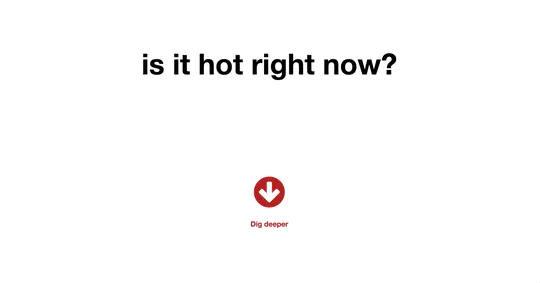Steefan Contractor
Post-doctoral Research Associate (Research Data Scientist)
UNSW Data Science Hub, School of Mathematics and Statistics, The Univesrsity of New South Wales
I am a research data scientist with an honours in experimental quantum computing, a doctorate in climate science and nearly five years of post-doctorate experience as a trans-disciplinary statistical and deep learning research consultant at the University of New South Wales (UNSW).
In my spare time I like to ride bicycles, climb rocks and ferment food and drinks.
- Probabilistic machine learning and generative artificial intelligence
- Spatiotemporal modeling and timeseries forecasting in climate, remote sensing, energy, economics and finance
- Reinforcement learning for optimization of complex systems
- Techniques that combine AI, statistical modelling and physics
- Bayesian modelling with stochastic variational inference
- Quantum machine learning
PhD in Climate Science, 2019
Climate Change Research Centre, The University of New South Wales
Honours in Physics, 2012
ARC Centre of Excellence for Quantum Computation and Communication Technology, The University of New South Wales
BSc (Adv.) in Physics, 2012
School of Physics, The University of New South Wales
Projects
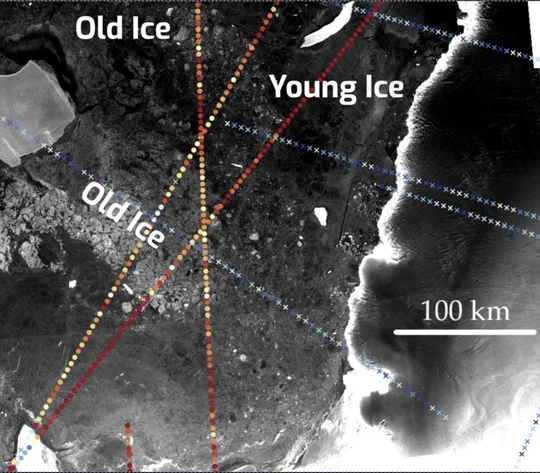
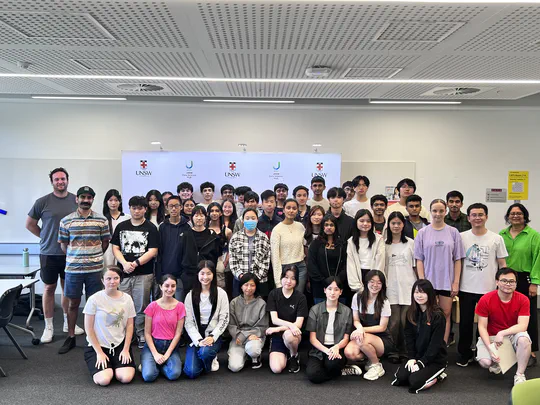
We use deep learning and computer vision to detect individual ice floes in aerial imagery with the aim to understand the frequency distribution of sea ice by their area.
Photo by Cassie Matias on Unsplash
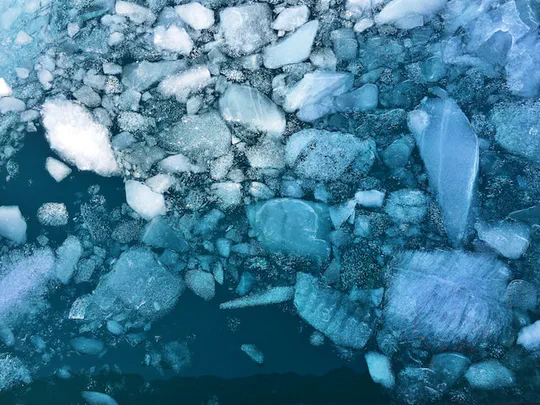
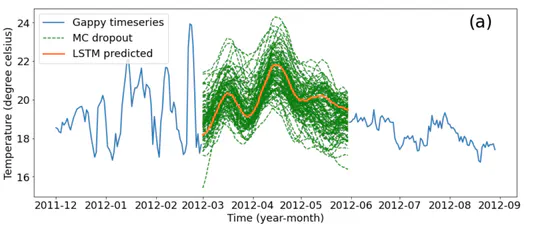
Leveraging large language models (BERT) for natural language processing of social media posts by Australian MPs to detect corruption. In collaboration with Sean Johnson of Openpolitics.
Photo by Aditya Joshi on Unsplash
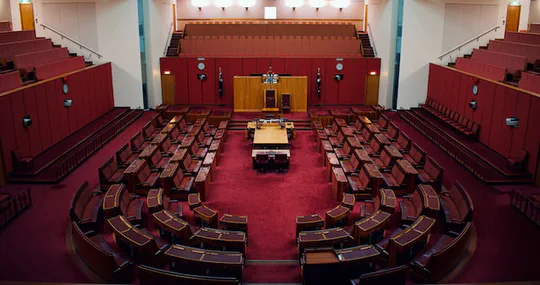
An analysis of the frequency of amendments of the twenty largest Federal legislative bills since their inception. This project involved the automated acquisition of the documents and natural language processing of nearly twelve gigabytes of text data. The project was led by A/Prof Lisa Crawford of the Law School, University of Sydney.
Photo by Tingey Injury Law Firm on Unsplash
We use fluid dynamics to simulate realistic images of the ocean surface with the triangular wave patterns behind moving objects (kelvin wakes) in water overlayed on wind generated waves. A deep learning (u-net) algorithm was trained to detect the presence absence of the kelvin wakes in the images. The prediction skill is further improved with the use of diffusion models to improve the signal to noise ratio between the kelvin wakes and the wind generated waves. This project was in collaboration with Naval Group Australia.
Photo by Martin Adams on Unsplash
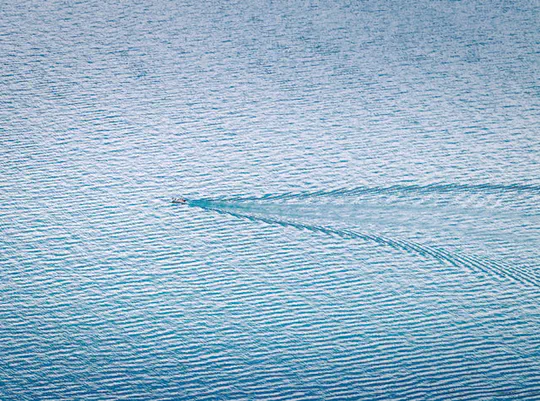
Contact
Feel free to get in touch via my socials or fill out the contact form below to send me an email.
- UNSW Data Science Hub, Anita Lawrence Building H13, East Wing, Level 1, RC1050, UNSW Sydney, NSW 2052
